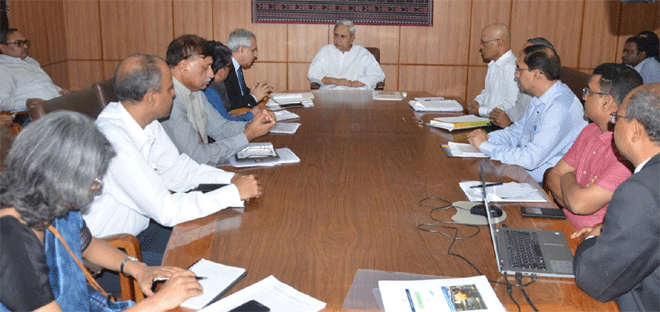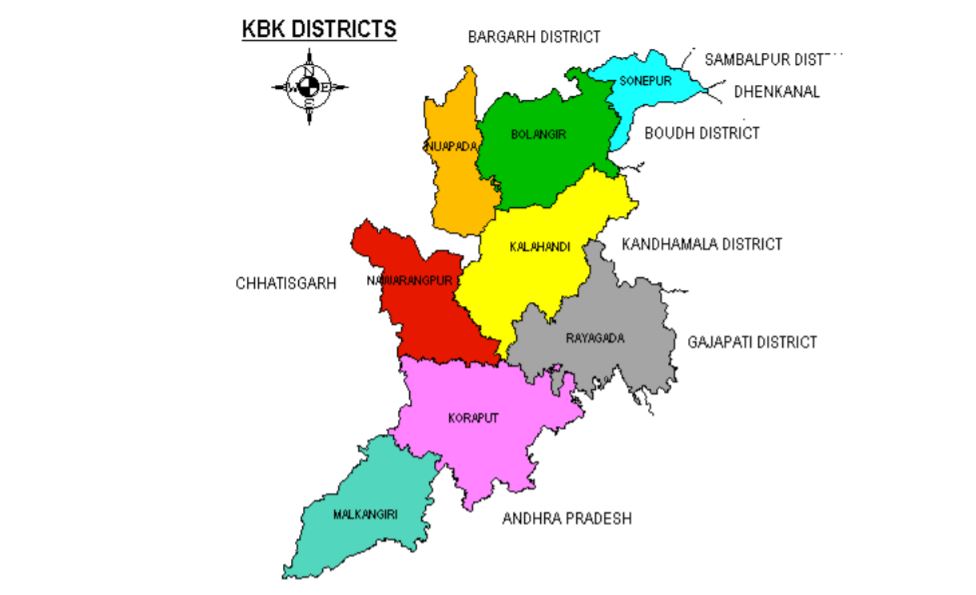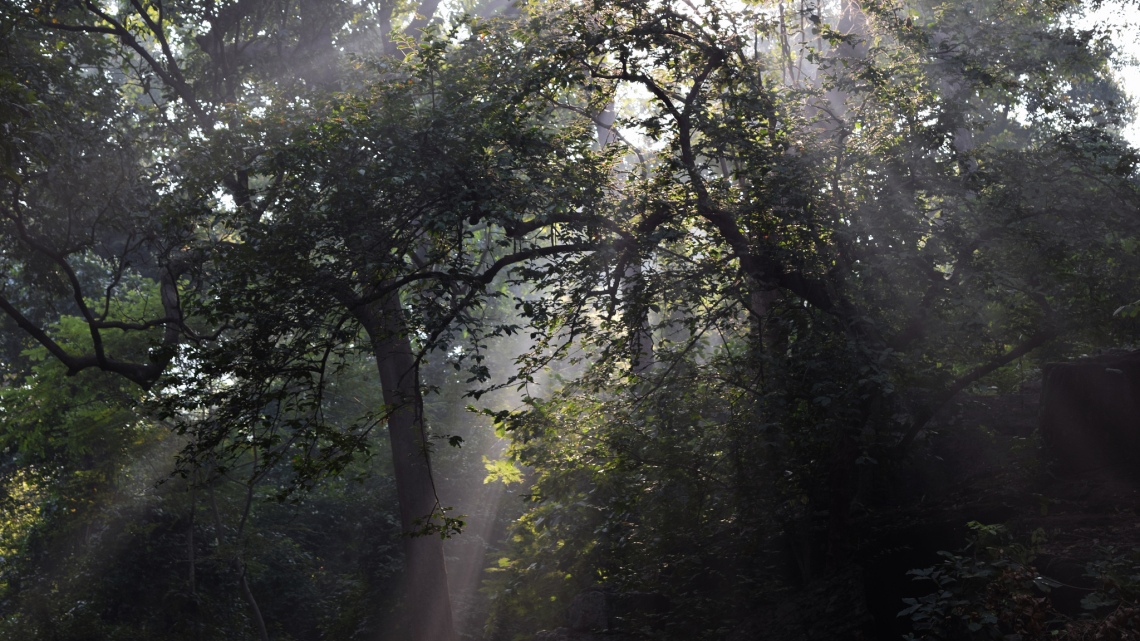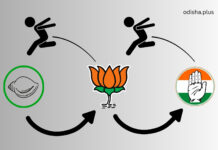Bhaskar Parichha

In what is seen as a rare gesture, Congress and ruling BJD legislators had jointly raised their voices against the Centre in the state assembly recently. The issue was neglect of the KBK region.MLAs of both parties brought up the matter of Odisha not getting any central grant under the Koraput-Bolangir-Kalahandi (KBK) plan for the past two years. Planning and convergence minister Padmanabha Behera told the assembly that the Centre has stopped allocation of fund under the KBK scheme since past two years without any communication.
As deliberated upon in the house, the Odisha government had pursued the Centre to restart the program. But the Centre has not considered the state’s request. As per statistics; Odisha received Rs 3,343.9 crore under the scheme since 1998-99 of which Rs 3,289.88 crore has been spent on various developmental projects. In fact, KBK has been Odisha’s Achilles Heel.

Geography
The districts of Southern and Western Odisha are regarded as the most backward region by the planning commission. The erstwhile body re-designated some of these districts as KBK. During 1992-93, the three larger districts were reorganized into eight districts viz. Malkangiri, Koraput, Nabarangpur, Kalahandi, Rayagada, Nuapada, Balangir and Sonepur. These eight districts comprise 14 Subdivisions, 37 Tehsils, 80 CD Blocks, 1,437 Gram Panchayats, and 12,293 villages.
The eight outlying districts account for 19.72% of the population and occupy over 30.59% geographical area. Around 90% of the people of this region still live in villages. Female literacy is only 24.72%. As per the 1997 census of BPL families, about 72% of families are below the poverty line among those who live in this region which was 82% during the 1991 census. Forty-nine CD Blocks of KBK districts are regarded as “very backward” and 28 CD Blocks are considered as “backward”.
Problem
Persistent crop failure, lack of access to the basic service and entitlements, starvation, malnutrition, and migration are the problem areas in the region. Other socio-economic indicators including population composition and density, net area irrigated hospital beds, and connectivity of villages with criss crossed terrains to growth centers and service centers are also far from satisfactory.

The KBK districts have been historically rich in forest resources. Though the people have been using these forests very intensively and eking out their livelihood from this source, forests of this region have not received adequate investments and managerial inputs over time. Intensive use of forests for sustenance coupled with lack of insufficient investments and managerial inputs are continuously leading to forest degradation.
It may be recalled that, on August 18, 1995, former prime minister P V Narasimha Rao launched a long-term action plan for KBK to alleviate hunger and usher in development. Under IAP, each district was allocated Rs 30 crore a year for development work, which was approved and monitored by the Planning Commission.
Politics
In 2010, the Union ministry of rural development started implementing the scheme in 60 districts. It was later expanded to 88 districts. But, it was the during the first term of the Modi government that support to KBK districts was withdrawn.Taking into consideration the severe backwardness of these districts and the fact there is hardly any improvement in the living conditions of the people in the past several decades, the center should immediately restore the financial assistance to the KBK region.
Amusingly, as the 2019 Lok Sabha elections have shown the BJP has an assured vote bank in these areas and it finds its wherewithal in none other than KBK.






















